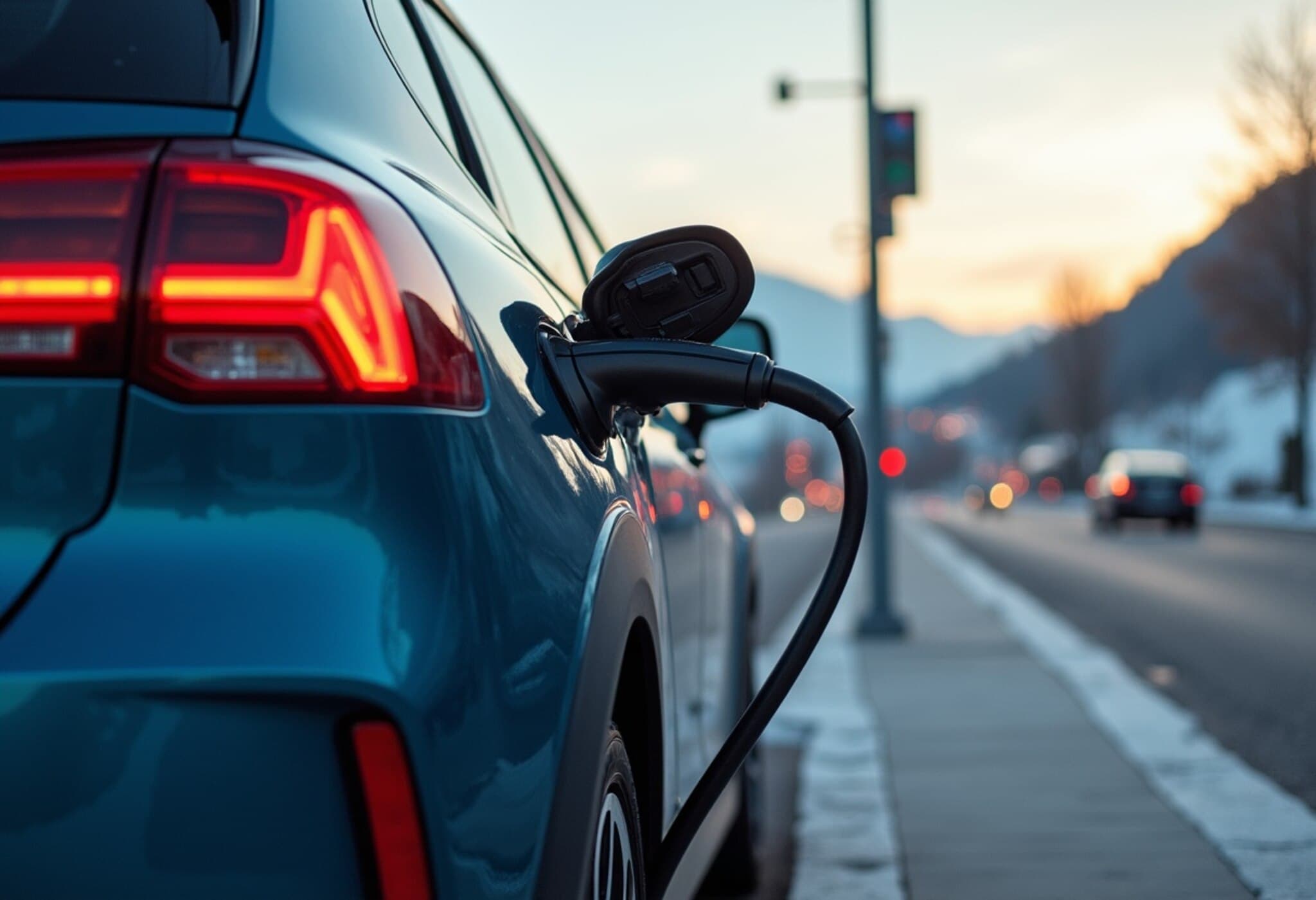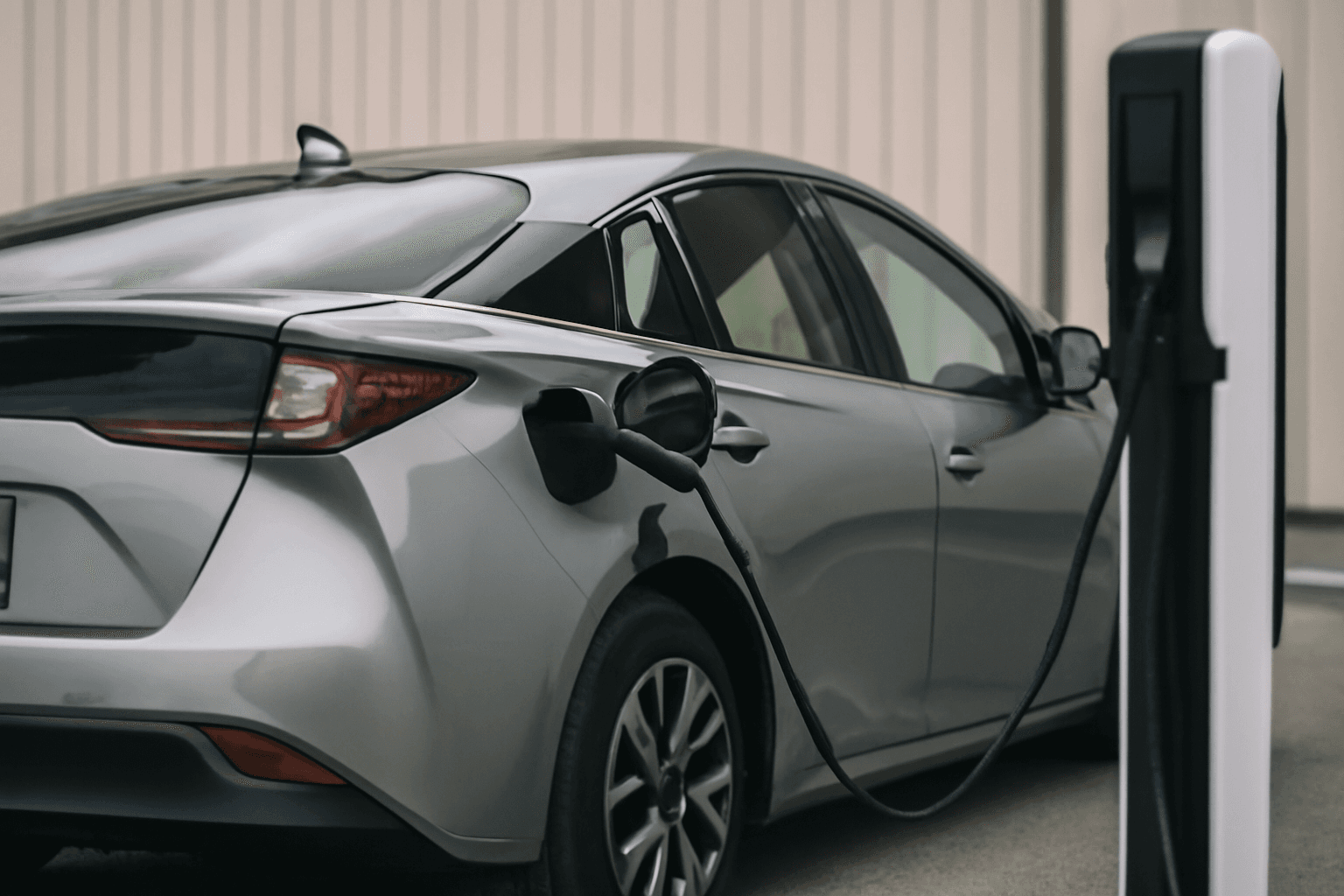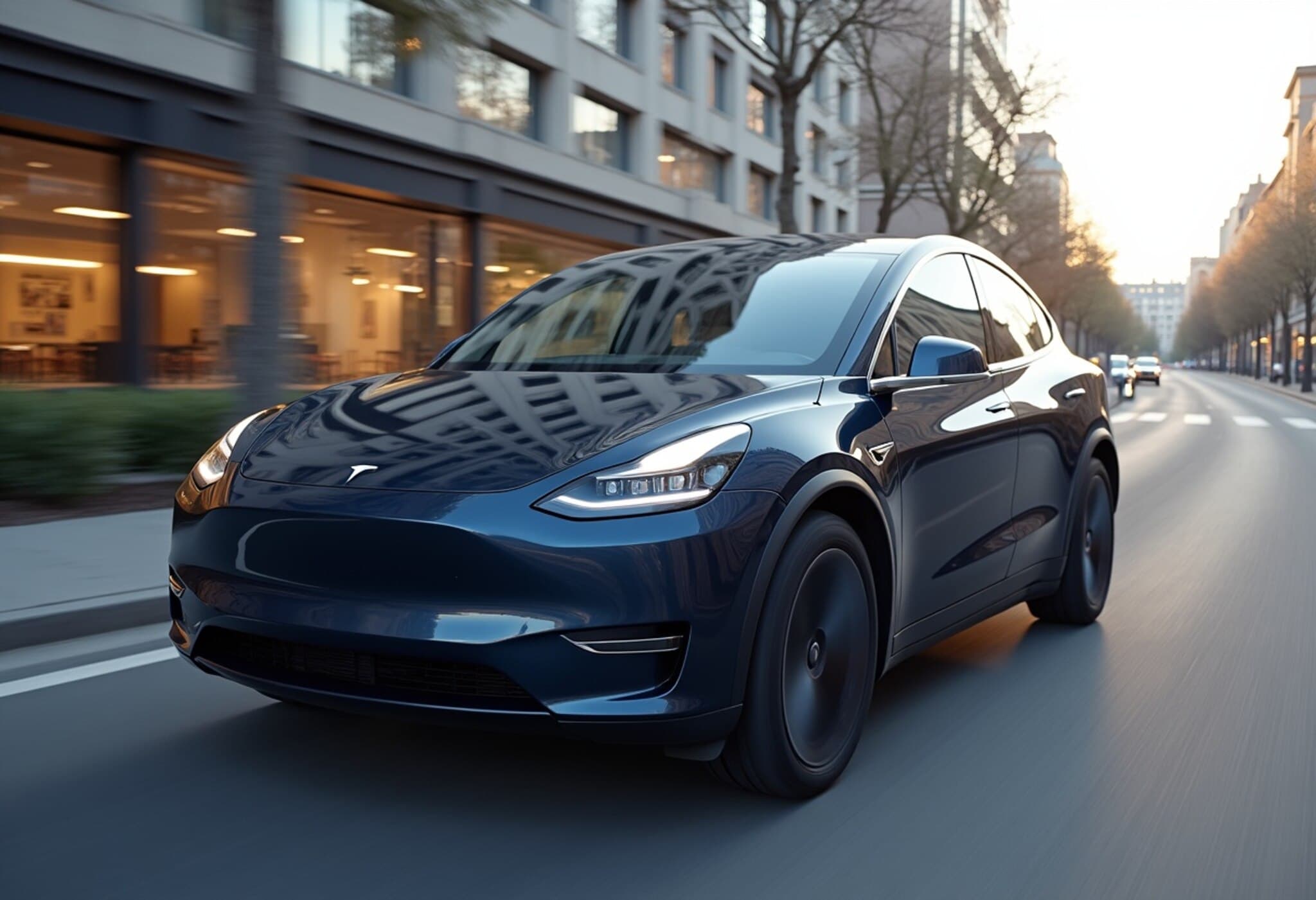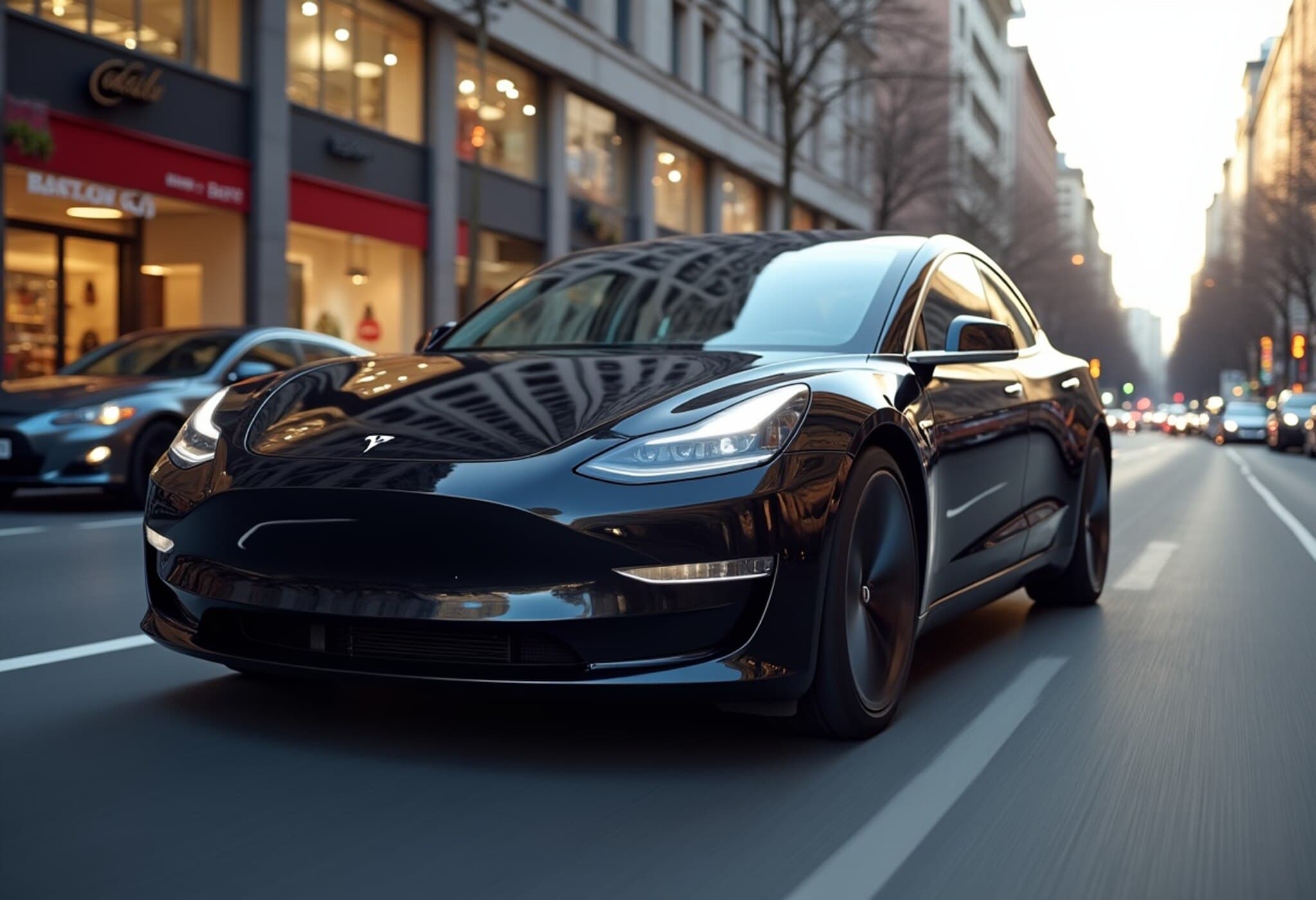Electric Vehicles Are Ubiquitous in Norway’s Urban Landscape
Strolling through the streets of Norway’s capital, Oslo, it’s hard not to notice the near-constant flow of electric vehicles (EVs) whizzing by. This isn’t by chance. Norway has emerged as the undisputed global leader in EV adoption, transforming its car market at a pace and scale unmatched anywhere else.
With a population of just 5.5 million, Norway has harnessed a combination of visionary policies and public enthusiasm to reshape the future of transportation. Today, about 40% of all passenger cars in Oslo run entirely on electricity, and in other major cities, the figure approaches 30%, according to the Norwegian EV Association (NEVA). This shift is not only visible but palpable—in cleaner, quieter streets and happier drivers.
Policy Masterstroke: Incentives Meeting Infrastructure
Norway’s success story hinges on long-term, consistent policymaking. State Secretary Cecilie Knibe Kroglund from the Ministry of Transport underscores that tax incentives and comprehensive infrastructure development have been pivotal. Drivers enjoy exemptions from value-added tax (VAT), reduced or eliminated road and parking fees, and privileged access to bus lanes, all of which sharply reduce the economic and practical downsides of owning EVs.
Moreover, Norway boasts over 10,000 fast-charging stations nationwide, supported by substantial government investment. This infrastructure has addressed early skepticism about the country’s power grid handling the load, especially in more remote northern regions where charging points are fewer but steadily increasing.
Economic and Cultural Factors Fueling Adoption
- High taxes on fossil fuel vehicles: Norway has steadily raised purchase and emission taxes on internal combustion engine (ICE) cars, effectively pricing polluting vehicles out of the market.
- Absence of a strong automaker lobby: Without significant domestic fossil fuel automotive industry pressure, policy shifts have been more straightforward.
- Cultural affinity for sustainability: Many Norwegians prioritize environmental health, embracing quieter streets and cleaner air as everyday benefits of EVs.
Contrasts and Challenges: A Wealthy Nation’s Balancing Act
While Norway’s electric vehicle transformation is inspiring, it also sparks important conversations. Some policymakers question whether EV incentives disproportionately benefit wealthier citizens who can afford new EV models, potentially overshadowing investments in other sustainable modes of transportation like biking and walking.
Another layer of complexity lies in Norway’s economic reliance on fossil fuel revenues from North Sea oil and gas production. The country's ambition to reach carbon neutrality by 2030 stands in stark contrast to these economic realities, presenting a challenging paradox in the global fight against climate change.
Looking Ahead: Greening Heavy Transport and Public Fleet
Kroglund reveals bold plans underway: a fully electric city bus fleet this year and a goal to have 75% of heavy-duty vehicles powered by renewable energy by 2030. These initiatives recognize that the transport sector alone contributes approximately 30% of Norway’s carbon emissions and thus demands urgent innovation.
By pushing further into electrification and renewable energy use across all vehicle categories, Norway is setting a demanding benchmark for other nations to emulate, proving that transformational change is possible with the right mix of policy, investment, and public will.
Expert Insight: What Can the United States Learn?
Across the Atlantic, the United States trails behind with EV sales accounting for roughly 10% of new car sales in 2023. Norway’s approach offers valuable lessons for U.S. policymakers and industry leaders aiming to accelerate EV uptake, including:
- Comprehensive economic incentives that make EVs financially savvy choices.
- Robust charging infrastructure investment to alleviate range anxiety.
- Progressive taxation policies that discourage fossil fuel vehicle purchases.
- Public engagement that redefines consumer attitudes and cultural norms.
Editor’s Note
Norway’s electric vehicle revolution embodies the profound impact that consistent, well-crafted policies can have on consumers and climate outcomes. Yet, the journey isn't without its contradictions—balancing economic dependence on fossil fuels while pushing environmental sustainability questions the feasibility of quick transitions in other fossil-fuel-reliant nations.
As the world watches, Norway’s progress invites us to consider the broader implications: How might democracies balance equity with green innovation? And can charging infrastructure and incentives be designed inclusively to avoid benefiting only the affluent?
Ultimately, Norway’s experience offers a powerful case study emphasizing that technological adoption must go hand-in-hand with thoughtful policy to drive meaningful climate action.



















